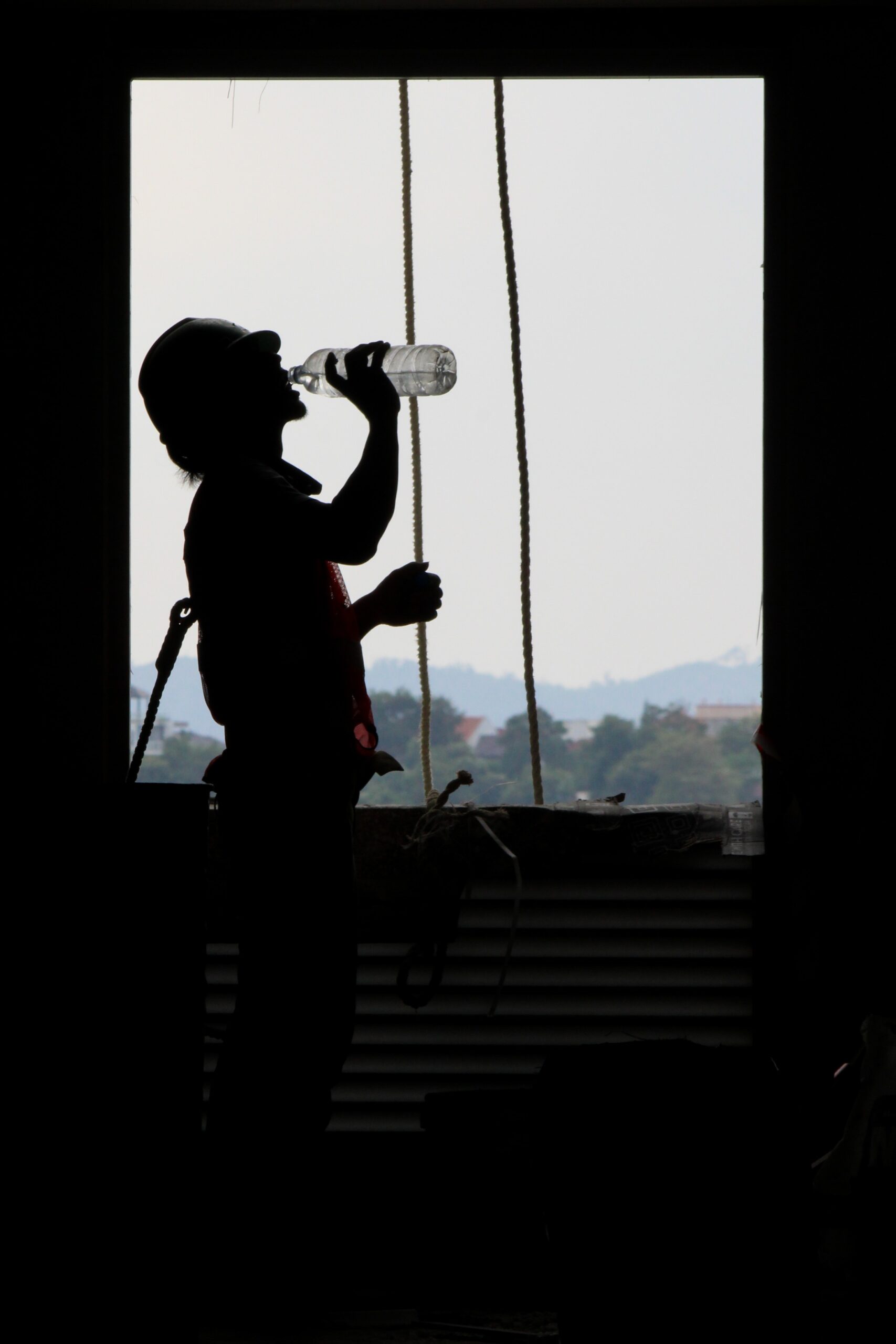Introduction:
Cranes are essential tools in many industries, allowing workers to lift and move heavy loads with ease. However, cranes can also be dangerous if not used properly. In this toolbox talk, we will discuss the risks associated with crane operations and how to ensure safety while operating a crane.
Inspecting the Crane:
Before operating a crane, it is essential to inspect it thoroughly. This includes checking the cables, hoists, hooks, and other components for any signs of damage or wear. It is also important to ensure that the crane is properly rated for the load it will be carrying. If any issues are found during the inspection, the crane should not be used until repairs are made.
Ensure Proper Set-Up:
Cranes must be set up properly to ensure safety. This includes choosing a level and stable surface for the crane, ensuring that outriggers are fully extended and level, and properly securing the crane to prevent tipping. Workers should also be aware of any overhead hazards and ensure that the crane has sufficient clearance to operate safely.
Train Crane Operators:
Crane operators must be properly trained to operate the crane safely. This includes understanding the load limits of the crane, how to properly position the crane for maximum stability, and how to use the controls effectively. Operators should also be aware of the hazards associated with crane operations, including the risk of electrocution and the potential for dropped loads. All operators must be Qualified on the specific model of crane they will be operating. In addition, certain states have different requirements so it is important that you verify with your employer that all documentation needed to operate the crane is up to date and complaint with the OSHA Crane Standard Subpart CC.
Use Proper Rigging:
The rigging used to lift and move loads must be properly selected and inspected to ensure safety. This includes choosing the proper type and size of rigging for the load, inspecting the rigging for any signs of damage or wear, and properly securing the load to the rigging. Workers should also be aware of the weight of the load and ensure that the crane is properly rated to lift it.
Follow Proper Procedures:
Safe crane operation requires following proper procedures. This includes conducting pre-operational checks, following safe load handling procedures, and properly securing loads during transport. Workers should also be aware of the importance of communication during crane operations and ensure that all workers in the area are aware of the crane’s movements.
Maintain the Crane:
Proper maintenance is essential for ensuring the safe operation of a crane. This includes regular inspections, lubrication, and cleaning of all components. Workers should also be aware of any signs of wear or damage and report them to management immediately.
Follow OSHA Standards:
The Occupational Safety and Health Administration (OSHA) has established standards for crane operations to ensure worker safety. Employers must comply with these standards, which include requirements for training, inspections, and safe operating procedures. Workers should be aware of these standards and follow them at all times to ensure their safety and the safety of those around them.
Conclusion:
Cranes are essential tools in many industries, but they can also be dangerous if not used properly. Safe crane operation requires proper inspection, set-up, training, rigging, procedures, maintenance, and compliance with OSHA standards. By following these guidelines, workers can ensure the safe and effective operation of cranes and prevent injuries in the workplace.





